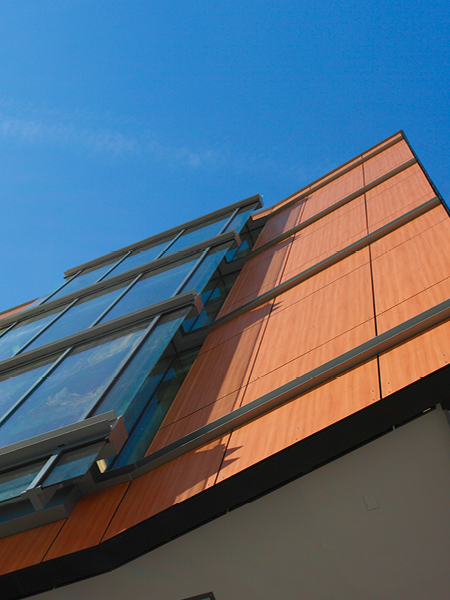Exploring the Dos and Don’ts of Curtain Wall Transitions

More and more, building designers will incorporate multiple facade enclosure systems to achieve desired aesthetics and create a unique facade. Although the design of a typical rainscreen system, brick masonry veneer wall, or curtain wall system may be individually simple, the detailing at the transitions of these systems becomes a key component in ultimately designing a high-performing building facade. In and of itself, a curtain wall system is a self-sufficient ecosystem that meets the enclosure performance requirements for long-term life expectancy. When a curtain wall system abuts other enclosure systems (rainscreen systems, roofing, plaza waterproofing, existing structures, etc.), coordination is required to maintain barrier continuity and deliver a watertight enclosure meeting the same standards.
LEARNING OBJECTIVES
After attending this webinar, participants will be able to:
- Review building enclosure best practices for detailing watertight enclosures, especially regarding air and water leakage.
- Understand how to maintain continuity at interfaces between adjacent enclosure assemblies.
- Identify transitions to the curtain wall system that require careful coordination.
- Recognize locations of the building enclosure that may require performance mockup testing and/or quality control field testing during construction.
Participants will earn 1.0 AIA CES Learning Unit (LU/HSW) for attending the live webinar. Registration is free. Please note that space is limited – email events@sgh.com to join our waitlist if the session is closed when you register.

